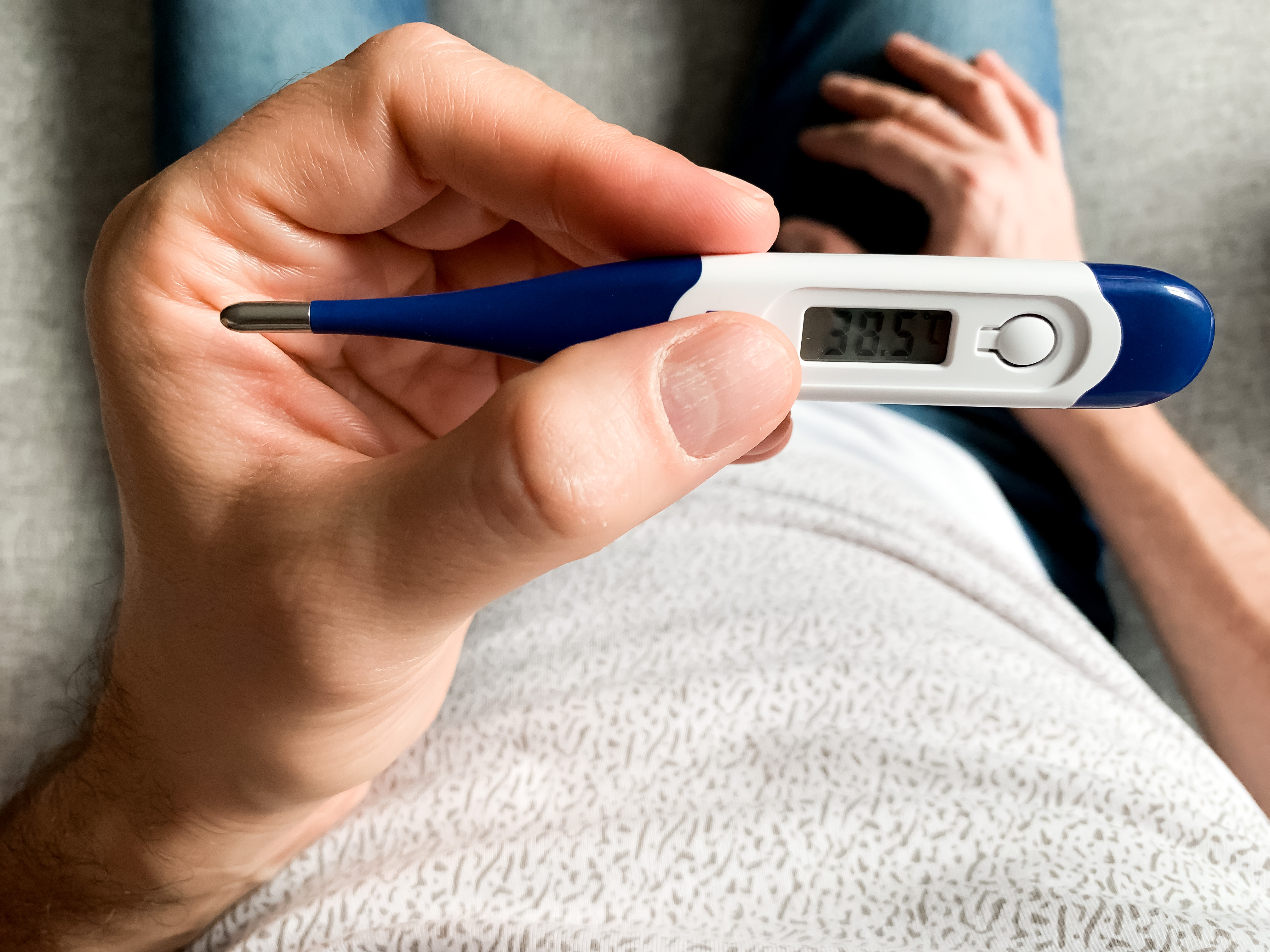10 Timeless Tips Transforming Temperatures from Feverish to Fine
The Role of Medications - When and How to Use Them

Medications such as acetaminophen and ibuprofen are commonly used to reduce fever and alleviate associated symptoms. While these medications can provide relief, it's crucial to use them judiciously and according to medical guidance. Understanding when to administer medication, based on the severity of the fever and the individual's overall health, is essential for effective management. Over-reliance on medications can mask symptoms without addressing the underlying cause, potentially delaying recovery. By using medications as part of a broader fever management strategy, individuals can ensure safe and effective symptom relief while supporting the body's natural healing processes.
Monitoring and Documentation - Keeping Track of Progress

Keeping a detailed record of fever patterns and symptoms can provide valuable insights into the body's response to illness. Monitoring temperature changes, noting the onset of symptoms, and documenting any treatments administered can help identify trends and inform decision-making. This information can be particularly useful when consulting healthcare professionals, enabling them to provide more accurate diagnoses and tailored treatment plans. By adopting a proactive approach to monitoring and documentation, individuals can gain greater control over fever management and make informed choices that support recovery and well-being.
